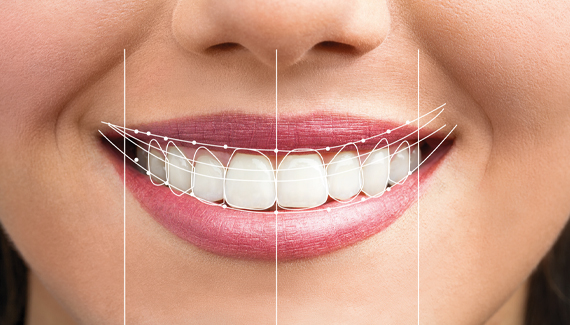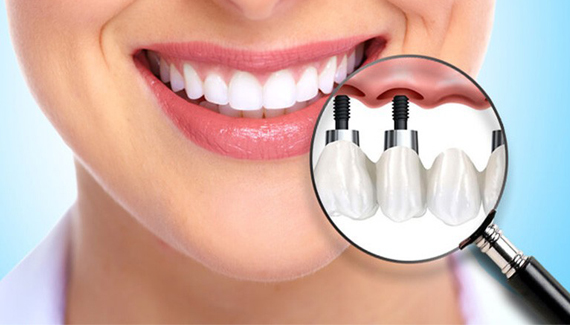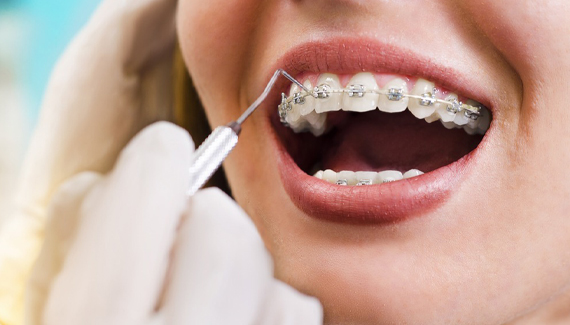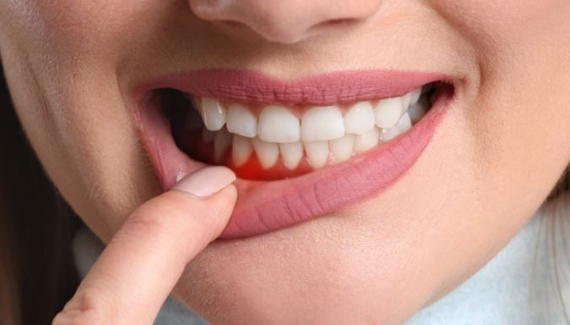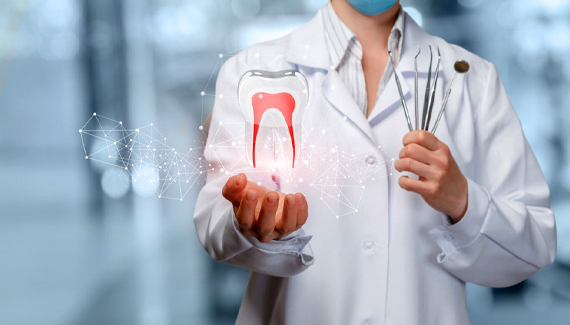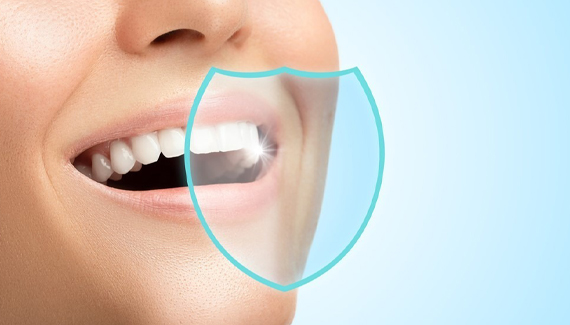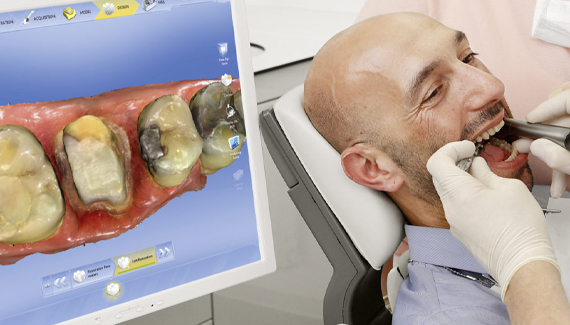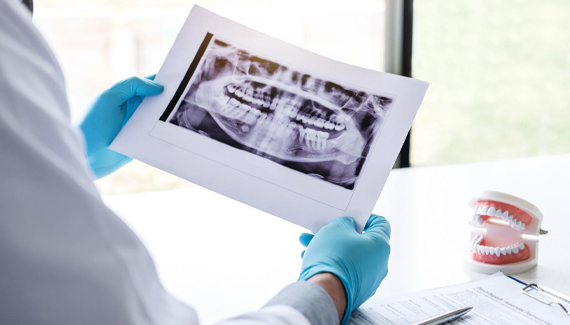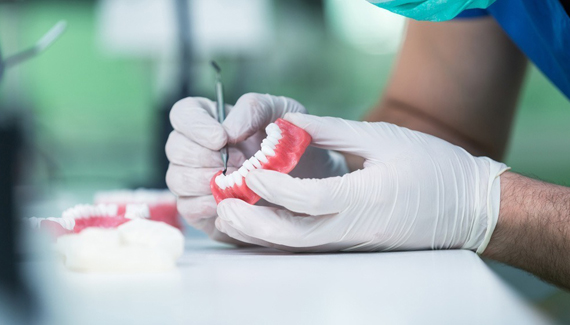
MELSADENT
Bleaching is the process of removing discoloration in the structure of the teeth. It is a frequently used method among aesthetic dentistry methods. As a result of the whitening process; teeth whiten temporarily in color changes that occur with the use of tea, coffee, cigarettes, etc. or spontaneously over time.
Over time, the enamel layer becomes a more porous structure due to deterioration in the mineral structure of the teeth. This structure prepares a suitable environment for pigmentation in the teeth and causes darkening of the tooth color. In addition, tea, coffee, smoking, tetracycline derivative antibiotics or excessive fluorine intake can cause changes in the color of the teeth. Bleaching is the process of removing discoloration in the structure of the teeth.
What are Bleaching Methods?
Office Bleaching;
It is applied by the dentist in the clinic and usually takes 40-50 minutes. The gums are covered with a special protective layer and a whitening agent in gel consistency is applied to the teeth.
Home Bleaching;
An impression is taken from the person to be bleached and a transparent mold suitable for the mouth and covering all teeth is prepared. The patient squeezes the gels given by the dentist into this mold and applies them to his/her teeth at certain times every day. Whitening gels can irritate the gums, so they should not be applied to the gums. In home-type applications, if the gel overflows to the gums after placing the mold in the mouth, the overflowing gel should be removed with a wet cotton ball.
Points to Consider
Hot-cold sensitivity may rarely be seen after bleaching. However, this condition disappears completely within 1-3 days. Bleaching does not cause any change on the tooth enamel. For this, an impression is taken from the patient and a plaque suitable for the structure of the teeth is prepared. The patient will use the whitening gel at home by placing it in this tray. The tray is made to be worn comfortably and not to affect daily life negatively. With this method, it is possible to provide long-term whitening by spending half an hour a day. It is usually an application that lasts for a few weeks. In home whitening, the dentist may want to follow the patient to evaluate the result and check the sensitivity.
Professional teeth whitening is a risk-free procedure. 95% of the applications give successful results and can last for 2-3 years depending on the person’s habits. In rare cases, tooth sensitivity and gum irritation may occur, but this situation returns to normal in a short time. In case of sensitivity, the fluoride to be applied by your dentist and the toothpaste or creams he/she will recommend to you will reduce this tooth sensitivity.
The result of bleaching depends on the structure of the teeth and the type of stain. Mostly yellow stains whiten more quickly than gray ones. Porcelain crowns, laminate veneers and dentures cannot be whitened. The type of stain, the strength of the bleaching agent used, the duration and frequency of application affect the degree of whitening to be achieved. The important thing here is not to obtain white teeth, but to obtain whitening suitable for the skin, hair and eye color of the person.


